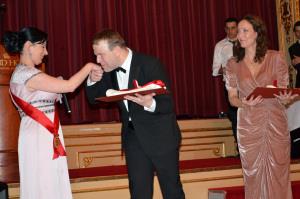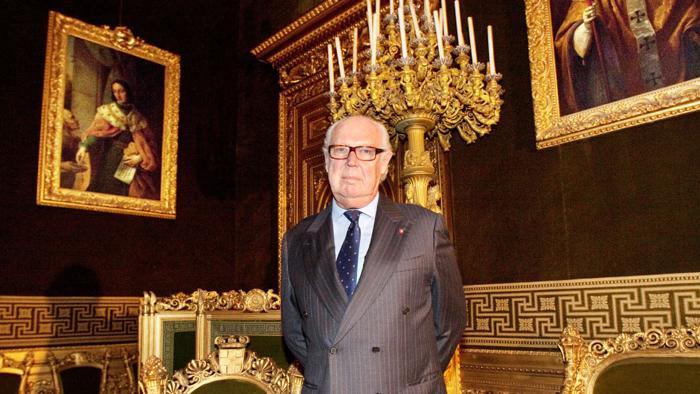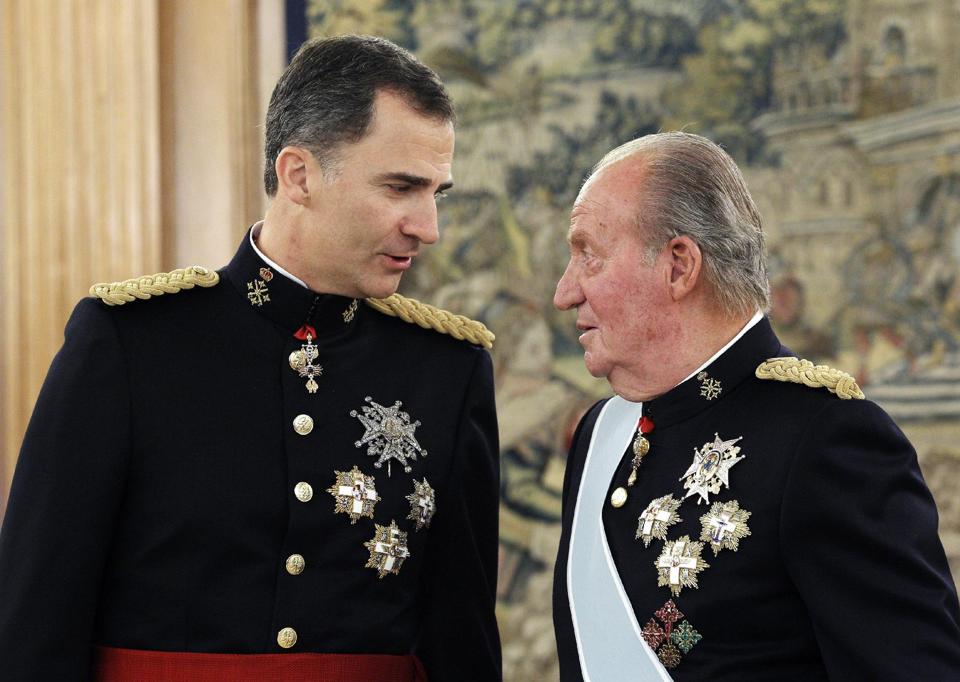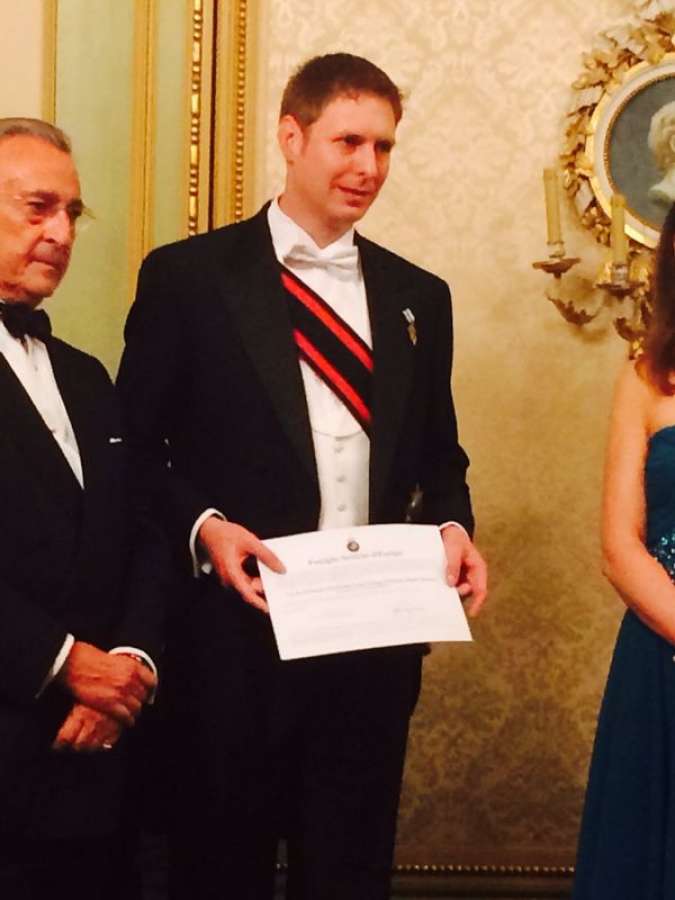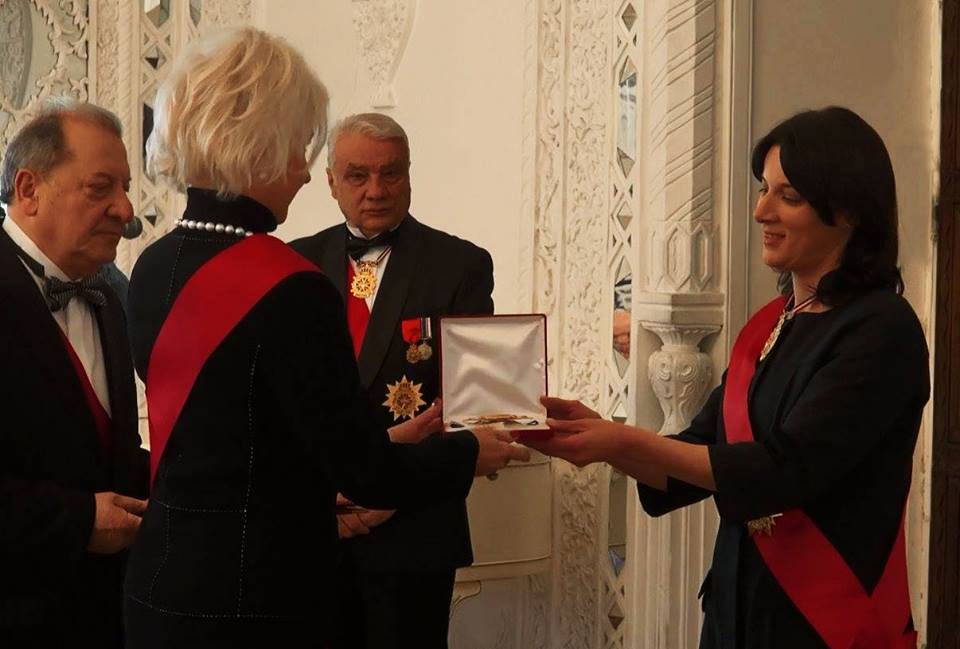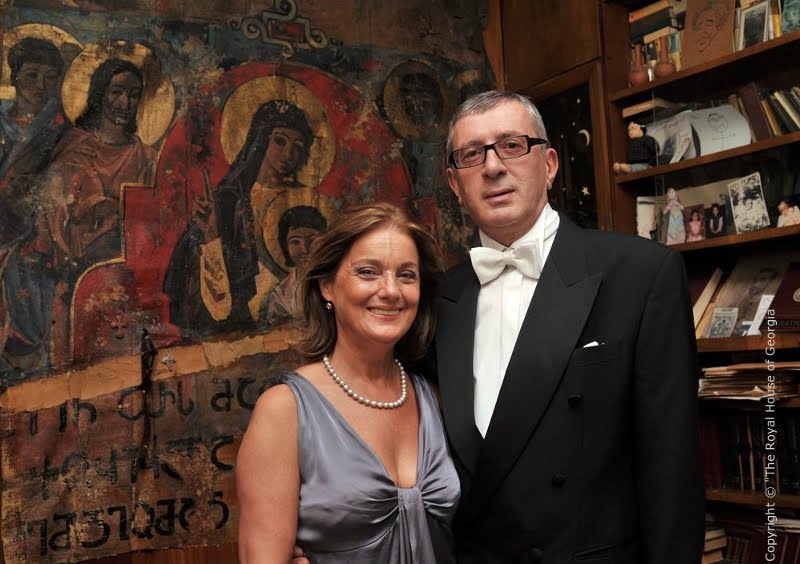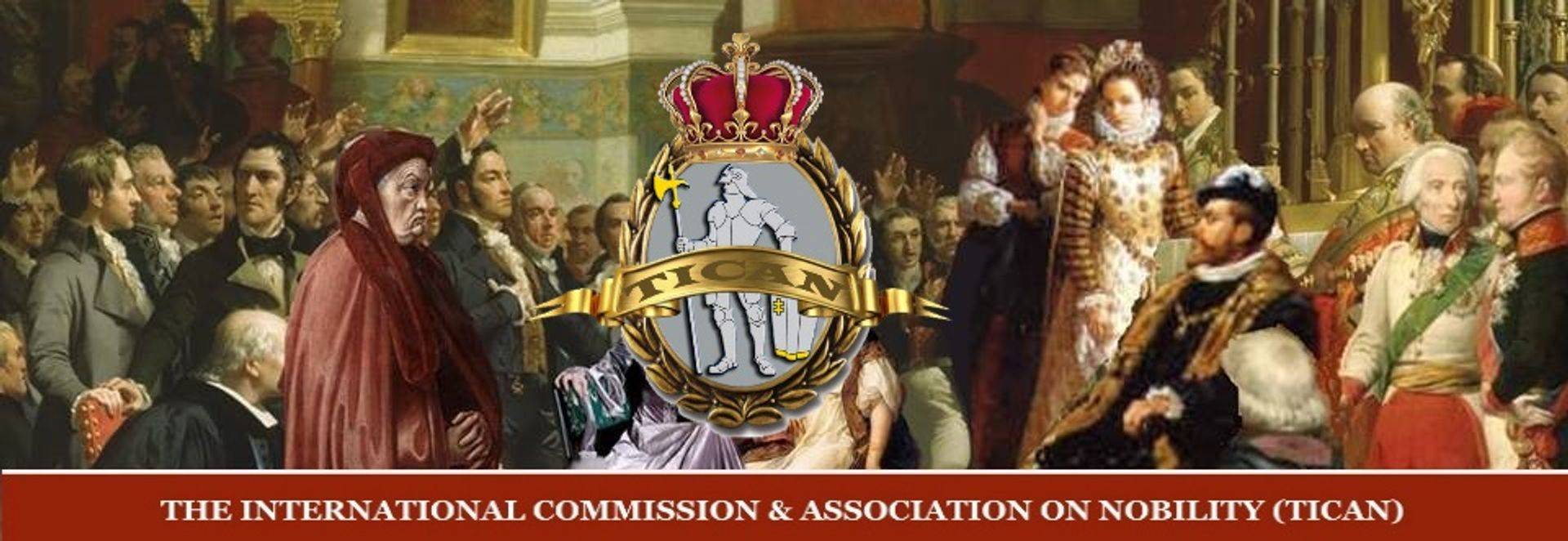
Title
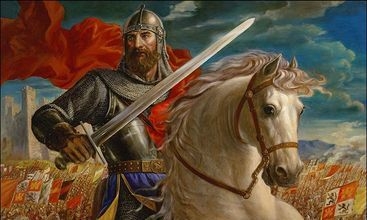
“Some say that the age of chivalry
is past, that the spirit of romance is dead. The age of chivalry Is
never past; so long as there is a wrong left underexposed on earth”
Charles Kingsley quotes (British Anglican Clergyman, Teacher and Writer whose novels, widely read in the Victorian era, influenced social developments in Britain. 1819-1875)
The
first Orders of Chivalry were formed during the 12th Century. The first
of these was the Military Order of Malta. From this Order, others were
formed such as the Order of Saint John (Knights Hospitaller) in 1080,
the Military Order of the Temple of Jerusalem (Knights Templar) in 1119,
the Order of Saint Lazarus in 1100, and the Order of Saint Mary's
Hospital in Jerusalem (Teutonic Knights) in 1190.
These orders were groups of Knights who banded together to create their own fraternal organization. These organizations were either sponsored by the Monarch of their home countries, or by the Pope (who is a sovereign power of himself). Each member of their organizations typically took vows and in essence became warrior monks.
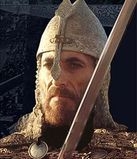
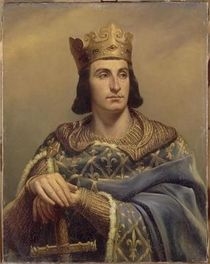
The Templar’s' existence was tied closely to the Crusades; when the Holy Land was lost, support for the Order faded. Rumors about the Templar’s' secret initiation ceremony created mistrust, and King Philip IV of France, deeply in debt to the Order, took advantage of the situation. In 1307, many of the Order's members in France were arrested, tortured into giving false confessions, and then burned at the stake. Under pressure from King Philip, Pope Clement V disbanded the Order in 1312. The abrupt disappearance of a major part of the European infrastructure gave rise to speculation and legends, which have kept the "Templar" name alive into the modern day.
The
Sovereign Military Order of St John of Jerusalem, of Rhodes and of
Malta, also known as the Order of Malta, the Order of St John of
Jerusalem, or simply the Hospitallers, is a unique international
confraternity. It is the only organization currently recognized, albeit
by a minority of states, as quasi-sovereign.
The Order of Malta is now dedicated to medical and charitable
activities. The Teutonic Order became a simple religious order in 1929.
The Order of Saint Lazarus split into two factions with one being
protected by the French Crown and one protected by the House of
Savoyard. The French faction was abolished by Louis XVI in 1791. There
are many organizations today that claim to be descended from each of
these orders.
Between 1335 and 1400, there was a rise in Monarchical Orders of Chivalry. Some of these orders still exist today. For example the Order of the Garter is an Order of Chivalry created by the British Crown. Over time, with the development of new ways to wage war, the Knights profession transformed into the modern soldier. With new technologies and the need for vast numbers of highly trained soldiers, the title of Knight became primarily honorific by the mid 1500's. By this time, only the Order of the Garter in England, the Order of the Golden Fleece in Spain, the Order of Annunziata in Savoy, and the Order of Saint Michael in France remained.
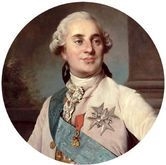
Chivalric orders are orders of knights that were created by European monarchs in imitation of the military orders of the Crusades.
After the crusades, the memory of these crusading military orders
became idealized and romanticized, resulting in the late medieval notion
of chivalry, and is reflected in the Arthurian romances of the time.
Chivalric Terminology. "The terms are often confused, and often needlessly distinguished. The term knighthood comes from the English word knight (from Old English cniht, boy, servant, cf. German Knecht) while chivalry comes from the French chevalerie, from chevalier or knight (Low Latin caballus
for horse). In modern English, chivalry means the ideals, virtues, or
characteristics of knights. The phrases "orders of chivalry" and "orders
of knighthood" are essentially synonymous.
The German translation for "knight" is Ritter (literally, rider). The Latin term in the Middle Ages was miles, since a knight was by definition a professional soldier. In modern times, the Classical Latin term eques was preferred."
Chivalry
was a feature of the High and later Middle Ages in Western Europe.
While its roots stretch back to the 9th and 10th centuries, the system
of chivalry flourished most vigorously in the 12th and 13th centuries
before deteriorating at the end of the Middle Ages. However, the ideals
of chivalry continued to influence models of behavior for gentlemen and
the nobility during the Renaissance in the 16th century.
Chivalric
ethics originated chiefly in France and Spain and spread rapidly to the
rest of the Continent and to England. They represented a fusion of
Christian and military concepts of morality and still form the basis of
gentlemanly conduct. Noble youths became pages in the castles of other
nobles at the age of 7; at 14 they trained as squires in the service of
knights, learning horsemanship and military techniques, and were
themselves knighted, usually at 21.
CHRISTIANITY AND THE CRUSADES
The early Middle Ages had been a chaotic time in Europe. The Crusades were
military expeditions undertaken by Christian knights to recapture from
Muslim control the holy places of pilgrimage in Palestine, or the Holy
Land. Although many knights enlisted in search of financial gain,
military glory, and adventure, many were also moved by genuine religious
enthusiasm. This enthusiasm was reflected in the founding of the
military religious orders-the Knights Templar, the Teutonic Knights, and
the Hospitalers. The members of these orders took religious vows and
shared a common vision of recapturing the Holy Land for Christianity.
These orders helped infuse chivalry with religious idealism.
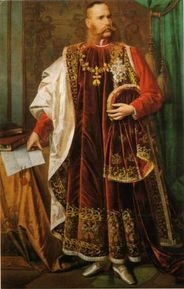
(Emperor Franz Joseph in the robes of the Grand Master of the Most Illustrious Order of the Golden Fleece, one of the grandest orders of chivalry in the Empire and dedicated to St Maurice)
THE LEGACY OF CHIVALRY
In the 15th and 16th centuries, chivalric ideals and customs continued to
survive among the European nobility. By this time their importance
consisted largely of keeping alive the memory of the knight's warrior
tradition and in serving as a mark of the nobility's social distinction.
At the same time, literary figures throughout Europe began to utilize
the code of chivalry to serve as a model for the nobility and gentlemen
at court.
In
Renaissance Italy, Baldassare Castiglione used his Book of the
Courtier, published in 1528, to fashion his advice for men and women at
court based on knightly etiquette. In the two centuries that followed,
many writers fashioned similar advice for both courtiers and worldly
gentlemen. By the beginning of the 19th century, the figure of the
knight had become romanticized. Writers saw the knight as pioneering the
concept of romantic love and representing the highest expression of
Christian ideals and civility.
In
the 19th century, romantic authors like Sir Walter Scott began to
attribute modern manners to medieval knights. Their work shows the
ongoing adaptation and vigor of the concept of chivalry, a concept that
continued to undergo significant historical development long after the
age of medieval knights had passed.
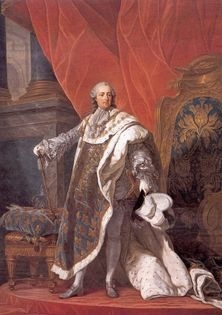
EXAMPLE OF CHIVALRY
One
of the greatest examples of chivalry in literature is Sir Gawain. He
epitomizes the chivalric code. In the work, Sir Gawain and the Green
Knight, Gawain received a test of his honor. In the midst of the New
Year's celebration at King Arthur's Camelot, a man of mighty stature
comes to challenge the Knights of the Round Table. This Green Knight
comes to prove the honor and reputation of King Arthur's Court.
Medieval secular literature was primarily concerned with knighthood and chivalry. Two masterpieces of this literature are the Chanson de Roland (c.1098; see Roland ) and Sir Gawain and the Green Knight (see Pearl, The ). Arthurian legend and the chansons de geste furnished bases for many later romances and epics. The work of Chrétien de Troyes and the Roman de la Rose also had tremendous influence on European literature. The endless chivalrous and pastoral romances, still widely read in the 16th cent., were satirized by Cervantes in Don Quixote. In the 19th cent., however, the Romantic Movement brought about a revival of chivalrous ideals and literature.
Above: Louis XV, King of France from 1715 to 1774 King Louis XV of France (1710–1774) is shown wearing the royal robes. Around his neck are the collars and insignia of two orders of chivalry - the Spanish Order of the Golden Fleece, and the French Order of Saint-Louis. The white 8-pointed cross of the latter order was awarded to many Canadian soldiers during the French regime in Canada. (National Archives of Canada C604).
Distinction of Chivalric orders
- Chivalric orders by time of foundation:
- Medieval chivalric orders: foundation of the order during the middle ages or renaissance
- Modern chivalric orders: foundation after 1789
- Chivalric orders by religion:
- Catholic chivalric orders: membership exclusively for members of the Catholic church
- Protestant chivalric orders: blessed by the heads of Protestant churches
- Orthodox chivalric orders: blessed by the heads of Orthodox churches
- Chivalric orders by purpose:
- Monarchical and dynastical chivalric orders: foundation by a monarch who is a fount of honor; either ruling or not ruling
- Confraternal chivalric orders: foundation by a nobleman, either high nobility or low nobility
- Fraternal chivalric orders: founded for a specific purpose only
- Votive chivalric orders: founded for a limited period of time only by members who take a vow
- Honorific chivalric orders: consist only of honorific insignia bestowed on knights on festive occasions, consisting of nothing but the badge
- Pseudo-chivalric orders: self proclaimed imitation-orders without statutes or restricted memberships
Monarchical or dynastic orders
- Late medieval monarchical orders (14th and 15th centuries) are orders of chivalry with the presidency attached to a monarch:
- The Order of Saint George, founded by Charles I of Hungary in 1325
- The Order of the Garter, founded by Edward III of England in ca. 1348
- The Order of the Most Holy Annunciation, founded by Amadeus VI, Count of Savoy in 1362.
- The Order of the Stoat, founded by John V, Duke of Brittany in 1381: First order to accept Women.
- The Order of the Dragon, founded in 1408 by Sigismund of Hungary
- The Order of the Golden Fleece, founded by Philip III, Duke of Burgundy in 1430
- The Order of St Michel, founded by Louis XI of France in 1469
- Post-medieval foundations of chivalric orders:
- The Order of Saint Stephen (1561)
- The Order of the Holy Spirit (1578)
- The Blood of Jesus Christ (military order) (1608)
- The Order of the Thistle (1687)
- The Order of Saint Joseph (1807)
- Monarchical orders whose monarch no longer reigns but continue to be bestowed, are called dynastical orders:
- The Order of the Golden Fleece (Austrian branch)
- The Order of Prince Danilo I of Montenegro
Confraternal orders
Confraternal orders are orders of chivalry with the presidency attached to a nobleman:
Princely orders were founded by noblemen of higher rank. Most of these were founded in imitation of the Order of the Golden Fleece, after 1430:
- Order of Saint Catherine, founded by Humbert, Dauphin du Viennois in ca. 1335
- Order of Saint Anthony, founded by Albrecht I of Bavaria in 1384
- Society of the Eagle, founded by Albrecht von Habsburg in 1433
- Society of Our Lady (Order of the Swan), founded by Friedrich II of Brandenburg in 1440
- Order of Saint Hubert, founded by Gerhard V of Jülich and Berg in 1444
- Order of the Crescent, founded by René d'Anjou in 1448
- Society of Saint Jerome, founded by Friedrich II of Wettin in 1450
- Baronial orders, founded by noblemen of lower rank:
- Order of Saint Hubert (Barrois, (1422)
- Noble Order of Saint George of Rougemont, also called Confraternity of Saint-Georges of Burgundy (Franche-Comté, 1440)
Fraternal orders are orders of chivalry that were formed ad-hoc for a certain enterprise:
- The Compagnie of the Black Swan, founded by 3 princes and 11 knights in Savoy (1350)
- Ordre de la Pomme d'Or, founded by 14 knights in Auvergne (1394)
- Alliance et Compagnie du Levrier, founded by 44 knights in the Barrois (1416–1422), subsequently converted into the Confraternal order of Saint Hubert.
Votive orders are orders of chivalry, temporarily formed on the basis of a vow. These were courtly chivalric games rather than actual pledges as in the case of the fraternal orders. Three are known from their statutes:
- Emprise de l'Escu vert à la Dame Blanche (Enterprise of the green shield with the white lady), founded by Jean Le Maingre dit Boucicaut and 12 knights in 1399 for the duration of 5 years
- Emprise du Fer de Prisonnier (Enterprise of the Prisoner's Iron), founded by Jean de Bourbon and 16 knights in 1415 for the duration of 2 years
- Emprise de la gueule de dragon (Enterprise of the Dragon's Mouth), founded by Jean comte de Foix in 1446 for 1 year.
Cliental pseudo-orders are not orders of chivalry and were princes' retinues fashionably termed orders. They are without statutes or restricted memberships:
- Ordre de la Cosse de Genêt (Order of the Broom-Pod), founded by Charles VI of France ca. 1388
- Order of the camail or Porcupine, created by Louis d'Orléans in 1394
- Order of the Dove, Castile, 1390
- Order of the Scale of Castile, ca. 1430
Honorific orders
Honorific orders were honorific insignia consisting of nothing but the badge:
- Order of the Stoat and the Ear, founded by Francis I, Duke of Brittany in 1448
- Order of the Golden Spur, a papal order (since the 14th century, flourishes in the 16th century)
Some honorific orders are modern foundations, such as the Order of the Bath, founded by King George I of Great Britain on 18 May 1725
Modern ordersCurrent orders- The Order of the Elephant, founded by King Christian I of Denmark in 1693
- The Order of St. Andrew, founded by Tsar Peter the Great of Russia in 1698
- The Order of the Seraphim, founded by Frederick I of Sweden in 1748
- The Order of St. George the Triumphant, founded by Catherine the Great of the Russian Empire in 1769
- The Royal Norwegian Order of St Olav, founded by King Oscar I of Norway on 21 August 1847
- The Order of the Gold Lion of the House of Nassau, founded by King-Grand Duke William III of Luxembourg in 1858
- The Order of Michael the Brave, founded by King Ferdinand I of Romania on 26 September 1916
- The Order of the British Empire, founded by King George V of the United Kingdom on 4 June 1917
- The Knightly Order of Vitéz, founded by Miklós Horthy the Regent of Hungary in 1921
- The Order of Canada, founded by Queen Elizabeth II of Canada in 1967 [the Order of Canada is a national Order of Merit]
- The Royal Norwegian Order of Merit, founded by King Olav V of Norway in 1985
- The Order of the Iron Helmet of Hesse-Kassel (or Hesse-Cassel) (in present-day Germany), founded 1814, abolished ...
- The Wilhelmsorden (Order of Wilhelm) of Hesse-Kassel, founded 1851, abolished 1875
- The Ludewigsorden (Order of Louis) of the Grand Duchy of Hesse, founded 1807, abolished 1918
- The Order of the Norwegian Lion, founded 1904, abolished 1952
Modern ranks of the Orders
Within most Continental European orders, and many other orders, the following rankings (or similar rank structures) exist:
- Grand Cross or Grand Cordon
- Grand Officer
- Commander
- Officer
- Knight or Chevalier
Within the British honors system, and some members of the Commonwealth of Nations, the following rankings (or similar rank structures) exist, of which only the two highest ranks are considered knights:
Consequently to the fact of being not an order of chivalry but an order of merits, some republican orders have created new ranks: e.g. Order of Merit of the Federal Republic of Germany.
Self-styled orders are organizations that claim to be chivalric orders in the same sense as such orders as the Austrian Order of the Golden Fleece or the French Order of Saint Michael, which actually are able to convey knighthood. The "self-styled orders" are membership organizations and have not been created by a State or a Monarch.
With few exceptions, self-styled orders began to arise in the middle of the eighteenth century, and they continue to emerge. Some are short-lived and only last a few decades. There are differing opinions about what principles or rules should be applied to distinguish an organization as a genuine chivalric order or a merely self-styled one.
Most scholars agree that a chivalric order (that is, an order which can bestow knighthood) must have a fons honorum ("fount of honor") which is provided both by its founder and current principal patron in order for it to be considered a true chivalric order. A fount of honor is defined as someone who held sovereignty either currently or formerly at the time of the creation of the order. Further, former holding of sovereignty is considered allowable only for the creation of an order in those cases where the former sovereign did not abdicate his position: for example, an Order of St John of Jerusalem which previously was merely a self-styled "order" came to be supported by the exiled King Peter of Yugoslavia, who had not abdicated; after the king's death in 1970, his successor, Crown Prince Alexander, refused to continue patronage and in fact repudiated the various and competing successor "orders"; thus, without a continuing fons honorum, these orders lapsed back into "self-styled" status. A minority of scholars disagree, arguing that a non-reigning claimant to a throne cannot continue an order of chivalry.
There
are many other organizations that call themselves one variation or
another of the name “Order of St. John”. These other organizations have
no historical connection with the original Roman Catholic order or with a
monarchy, in spite of their assertions of such connections. Due to the
well-documented histories of the recognized orders and the demise of the
Russian Grand Priory, these other organizations typically claim to have
a pedigree via the Russian Grand Priory. In fact, none exists. These
organizations are typically referred to as the “self-styled orders” and
are, in effect “mimic orders” with no standing as Orders of Knighthood.

The Order of Saint John of Jerusalem, Knights Hospitaller.
As organized under the Charter or Constitution of King Peter II of Yugoslavia.
The King Peter Order was essentially a schismatic break-away from the Cassagnac Order and was formed in April 1965. The "King Peter Constitution" of 1964, (and the earlier "Charter" of 1963), had been framed for the Cassagnac Order, and the King's supporters sought to replace de Cassagnac as Grand Master. Having elected King Peter as Grand Master in January 1965, the King's supporters asked de Cassagnac to step down, but he refused, and instead King Peter resigned from the Cassagnac Order and formed his own, taking with him a substantial part of the Cassagnac Order. In 1968, through internal arguments the King Peter Order split into three factions, and with difficulty re-united, only to fragment again following the King's death in 1970, into several groups, some of which in turn fragmented further bringing about a number of Orders which claim to be "The King Peter" Order of St John of Jerusalem. On this web site there is a fuller history available.
Some organizations have provided a false fons honorum to satisfy the need. In these cases, the founder or patron of the "order" has essentially assumed a false title of nobility in addition to assuming some sort of sovereignty, current or former.
Although not recognized by any international treaty, an organization exists which seeks to provide criteria against which to judge Orders of Chivalry: the International Commission for Orders of Chivalry (ICOC) The rules by which the Commission adjudges an order of chivalry to be genuine are listed on the website of the Commission. The Commission is an independent organization, though neither its decisions nor the criteria it employs to reach those decisions are universally accepted. The Commission has no standing in international law and may not be acknowledges by any present government.
(Wikipedia http://en.wikipedia.org/wiki/Chivalric_order
In late 1997, an attempt was made to enlarge the membership of the ICOC. Following the collapse of Terence MacCarthy's elaborate "MacCarthy Mór" fraud in October 1999 and his resignation as president of the ICOC, the Commission has followed a new direction under the new president, Dr. Pier Felice degli Uberti. Since then, the membership of the commission has been considerably enlarged, members of the MacCarthy period have been replaced, and work on a wholly revised register of orders has begun
(http://www.heraldica.org/topics/orders/legitim.htm).
There are organizations that appear to have a chivalric character and are seen as being akin to orders of chivalry, of: Guy Stair Sainty, World Orders of Knighthood & Merit, Burke's Peerage & Gentry, 2006.
The temporal power of the Popes is the political and governmental activity of the Popes of the Roman Catholic Church, as distinguished from their spiritual and pastoral activity, which is also called eternal power, to contrast it with the Church's secular power.
The temporal power was abolished by Napoleon Bonaparte, who dissolved the Papal States and incorporated Rome and Latium into his French Empire. The temporal power was restored by the Great Powers at the 1815 Congress of Vienna. The Napoleonic civil laws were abolished, and most civil servants were removed from office. Popular opposition to the reconstituted corrupt clerical government led to numerous revolts, which were suppressed by the intervention of the Austrian army.
When Pius IX was elected pope in 1846, one of his first acts was to grant an amnesty to more than 2,000 political prisoners. In November 1848, following the assassination of his minister Pellegrino Rossi, Pius IX fled Rome. During a political rally in February 1849, a young Roman priest, the Abbé Arduini, described the temporal power of the popes as a "historical lie, a political imposture, and a religious immorality." [Jasper Ridley, Garibaldi, p. 268]. On 9 February 1849, the newly-elected Roman Assembly proclaimed the Roman Republic (19th century). Subsequently, the Constitution of the Roman Republic abolished the temporal power, although the independence of the pope as head of the Catholic Church was guaranteed by article 8 of the "Principi fondamentali." Religious freedom was guaranteed by article 7, while the death penalty was abolished by article 5, and free public education was provided by article 8 of the "Titolo I".
At the end of June 1849, the Roman Republic was crushed by 40,000 French troops sent by Louis Napoleon Bonaparte (later Napoleon III), at the urging of the rabid ultramontane French clerical party. The temporal power was restored and propped up by a French garrison.
During
the civil war of the Italian reunification in March 1861 the first
Italian Parliament declared Rome the capital of the Kingdom of Italy.
The Papal States were annexed to the Kingdom of Italy on 20 September
1870. The Pope became a prisoner in Rome.
For practical purposes, the temporal power of the popes ended on 20 September 1870, when the Italian Army breached the Aurelian Walls at Porta Pia and entered Rome. This completed the Risorgimento.
Formally, the temporal power ended in 1929 with the treaty between the Vatican State and Italy (Concordat), when the papacy accepted to have no more interests on Italy, its closest neighbor, and therefore on any other country. Of course, the influence of the Vatican still is relevant and evident, even now, and is mostly considered as a spiritual voice. Some small degree of temporal power persists in the formal government of the Vatican City as an independent state.
In 1929 the Lateran Treaties created the state of the Vatican City and guaranteed full and independent sovereignty to the Holy See. The Pope was pledged to perpetual neutrality in international relations and to abstention from mediation in a controversy unless specifically requested by all parties. The Concordat established Catholicism as the religion of Italy. The financial agreement was accepted as settlement of all the claims of the Holy See against Italy arising from the loss of temporal power in 1870.
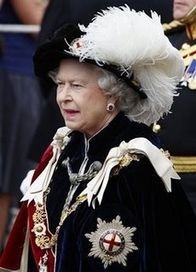
Sovereign and Knights
Since its foundation, the Order of the Garter has included the Sovereign and Knights Companions. The Sovereign of the United Kingdom serves as Sovereign of the Order.
The Prince of Wales is explicitly mentioned in the Order's statutes and is by convention created a Knight Companion; aside from him, there may be up to twenty-four other Knights Companions. In the early days of the Order, women (who could not be knighted), were sometimes associated with the Order under the name "Ladies of the Garter," but they were not full companions. Henry VII, however, ended the practice, creating no more Ladies of the Garter after his mother Margaret Beaufort, Countess of Derby (appointed in 1488).

